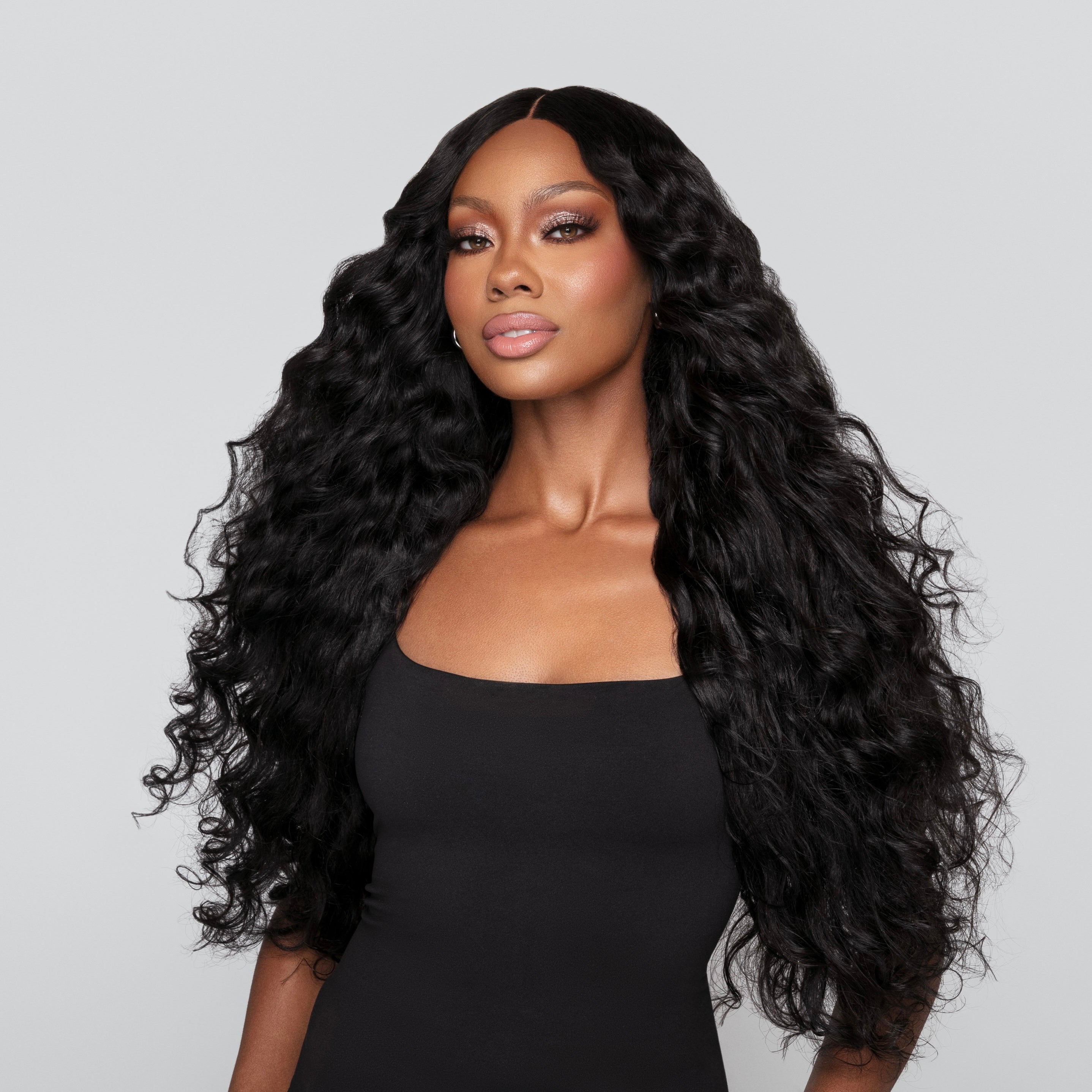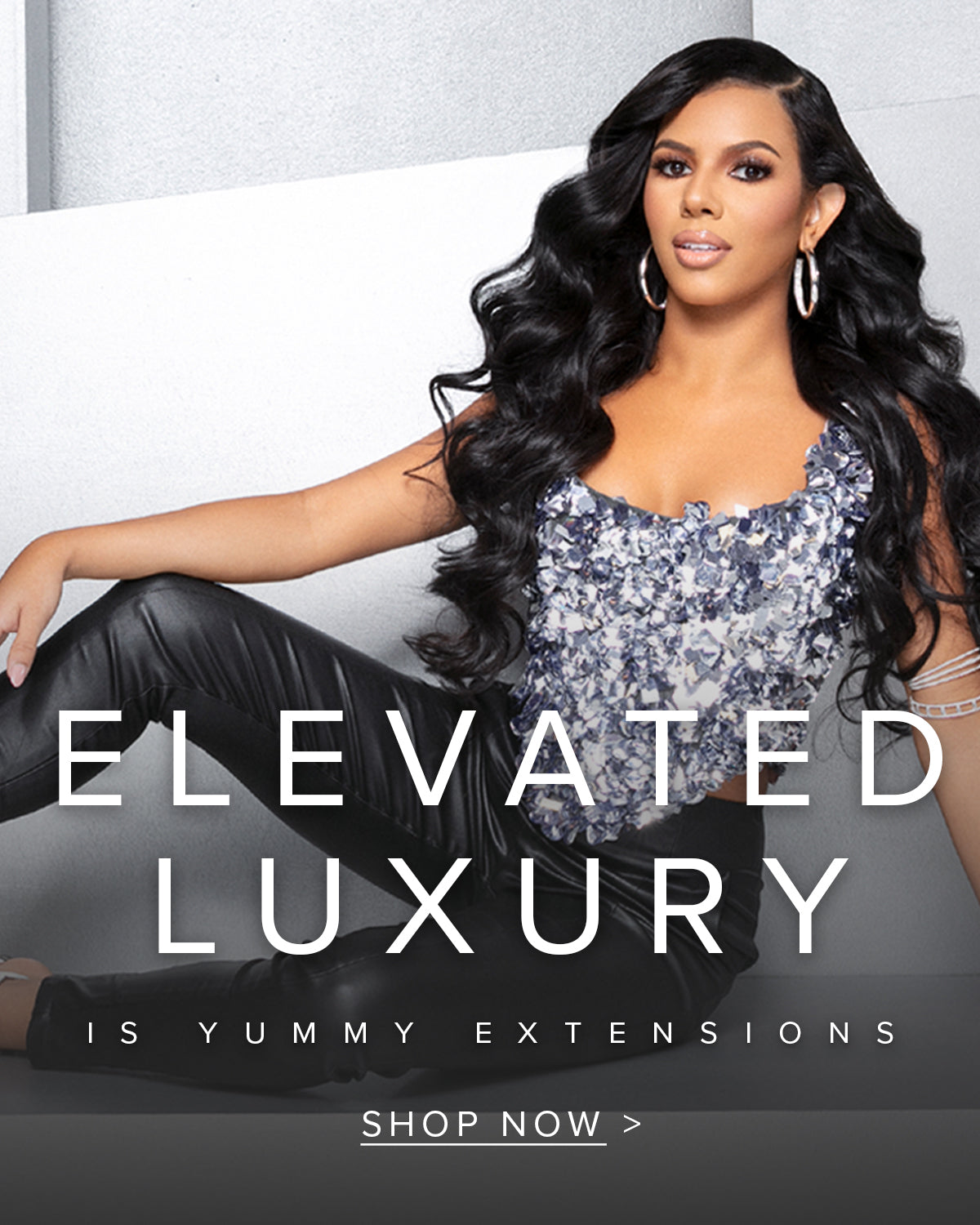Three New Oils to Try on Your Hair - Today!
When was the last time you enjoyed a little retail therapy - for your hair? One of our favorite ways to indulge after a stressful week - or year (thanks Covid!) - is to spend a few hours browsing new hair care products at our favorite salon or even drug store. Who doesn’t enjoy small luxuries like exploring new ways to make your hair look and smell amazing?
Over the last few years, we’ve been increasingly drawn to a small boom in the availability of new and exotic oils for skin and hair care. It’s not just high-end retailers selling them, either. Argan oil, macadamia nut oil, baobab oil - many of these are available at your local Rite Aid or Walgreens.
Here’s the quick and dirty on hair oils: though they all tend to have multiple benefits, it’s easiest to break them down into two main categories based on what they do best. Oils that moisturize are able to penetrate the hair’s cuticle and thus work best as conditioners. But they don’t last for long, because they may slide down the hair shaft or transfer quickly to other surfaces - like your clothes, if you’re not careful. Oils that seal are much lighter than moisturizing oils, and form a protective layer around the hair shaft - trapping moisture inside. To take a deeper dive into how to use these oils together, and the most commonly available oils on the market, take a peek at our blog The Best - and Easiest - Oils for Curly Hair.
But back to the topic at hand - exotic oils. What are they? And what should you use them for? If you’d prefer to have a little bit of background information before you slick them onto your hair, read on for a few of our new exotic favorites, and the best ways we’ve found to use them.
Argan Oil
You probably noticed when argan oil began popping up a few years ago. This oil is extracted from the kernels of the argan tree - a native of Morocco - and it became popular so quickly that the Moroccan government has had to promote the tree’s cultivation to meet demand. They’ve done a good job, though, so it’s now widely available in even the tiniest of hair care aisles.
In addition to being good for your heart and skin, argan oil is a superstar conditioner, scientifically proven to prevent protein loss in the hair’s cuticle after harsh dying treatments. We recommend smoothing it into wet hair, sealing with jojoba oil, and letting it do its thing for at least an hour a few days after you put your hair through any harsh treatment.
Macadamia Nut Oil
We won’t blame you if you thought macadamia nuts were only for snacks - they’re delicious. But when pressed, they produce a phenomenally rich oil that moisturizes like a boss. It has a very thick consistency, which makes it an excellent conditioner for naturally thick or voluminous hair - thin hair might be a little too weighed won by this one.
Prized for its high oleic acid content, macadamia nut oil is great for restoring the health of the scalp, in addition to helping the hair follicle recover from environmental stress. To use as a scalp treatment, simply massage gently into the scalp - or better yet, ask someone to do it for you, and take their time. While the oil works its magic, a scalp massage can stimulate blood flow, so the effect is even greater.
Moringa Oil
Moringa oil is derived from the seeds of the moringa tree, native to the Himalayas but found in Haiti and parts of Africa as well. This tree is revered for its ability to sustain itself through droughts, and all parts of the tree - from the leaves to the bark and roots - have been used for thousands of years for various medicinal purposes.
Like the other oils listed here, moringa oil is an excellent hair and scalp moisturizer. Its high zinc and protein content, though, make it a standout choice to deal with scalp inflammation after undergoing chemical processing or dying the hair. There are now plenty of hybrid products featuring moringa oil, but we recommend a little splurge on the pure oil for a more powerful treatment.
Jamaican Black Castor Oil
Though it packs a punch as a moisturizer, Jamaican black castor oil is also an incredible, thick sealing oil. Unlike yellow castor oil, which is cold-pressed from castor beans, black castor oil is produced by first roasting the castor beans and then using heat to extract their oil. This process originated in Jamaica, giving this now popular oil its name. Calling it an ‘exotic and new’ oil is a bit of a misnomer as it’s been in use in Jamaica for a long, long time. But hair care companies in the U.S. are finally catching on, giving this beauty star its day in the sun.
To use, smooth Jamaican black castor oil onto hair already treated with a light moisturizer. The oil’s anti-microbial and anti-inflammatory properties are amazing for a stressed out scalp, so apply it first to the hair roots, massage a bit, and then pull the oil down your hair using your fingers. Fortunately, black castor oil doesn’t usually leave much of a mess, so it’s one of the better hair oils to wear outside your home.
A word about quality:
If you’ve been shopping around for new oils (yay!) you’ve probably noticed that they vary greatly in price. This is due two factors: the quality of the oil being used, and its concentration. Many oils may be sold in their pure form, but it’s far more common to see them combined with cheaper and more common carrier oils like olive oil or almond oil. This isn’t necessarily a problem, as carrier oils can be just as good for the hair and scalp as their exotic sisters. But if you’re looking for a pure experience, be prepared to pay a little bit more, and check the ingredients: savvy beauty marketers may label their products with these gorgeous-sounding oils, while in reality their products may differ little from traditional conditioners.
As always, Yummy wants you to shine, so let us know how these oils are working for you, and be sure to tag @yummyhairlovers and @yummyextensions so we can see your gorgeous selves!




